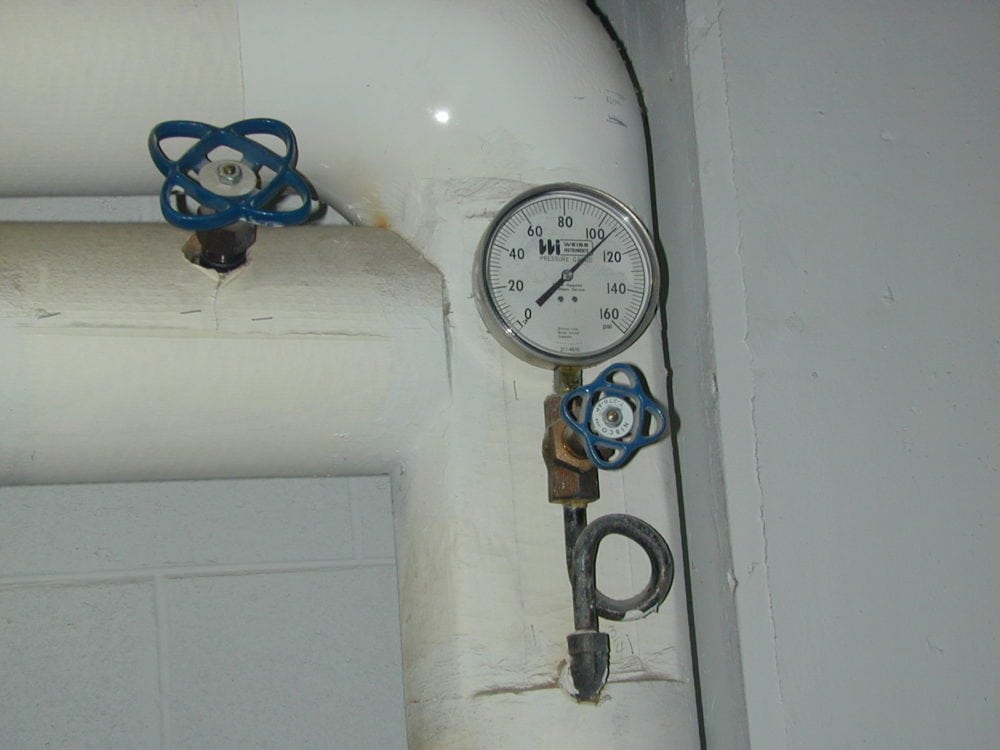No. 17 – Pigtails for Steam Pressure Gauges

Do you want this article in PDF format? Download it here:
Download a PDFThe Importance of a Pigtail on a Steam Pressure Gauge
The pigtail was invented to prevent the internal parts of steam pressure gauges, particularly the materials of the responsive element and of any fusible joints, from being subjected to high steam temperatures. Steam pressure gauges are highly sensitive instruments that, if not properly cared for, can be easily damaged or destroyed.
To ensure steam pressure gauges are highly reliable, it is essential to use a steam gauge pigtail, which will prevent damage to the gauge from direct exposure to high steam temperatures.
The pigtail allows steam to change phase from a gas into a liquid by dissipating the latent heat energy of steam and allowing the steam to condense, thus providing a loop seal of liquid. The loop seal of liquid prevents the transfer of the heat energy from the steam to the gauge. The pigtail loop also protects the gauge from any pressure surges in the system.
Selection Process:
Figure 1. Pressure Gauge Pigtail Installation
- Review the pressure and temperature rating.
- The pigtail, which is typically made from tube material, needs to be rated for the maximum pressure and temperatures.
i. Example: 0.035, 0.049, 0.065, or 0.109 - Check the pigtail’s wall thickness to ensure it complies with the code requirements.
i. B31.1 or B31.3
- The pigtail, which is typically made from tube material, needs to be rated for the maximum pressure and temperatures.
- Connect the pigtail to the steam pipe.
- Welding is the preferred method.
- Tube connection is the second choice.
- Thread is the least desirable choice because of a possible steam leakage point in the future.
- Check the loop diameter.
- The loop diameter should be sufficient to provide enough surface area to dissipate the latent and sensible energy from the steam and create a cool liquid seal.
- Choose the right isolation valve.
- The isolation valve should be a valve with a low internal leakage rate: it should meet the FCI standard of Class IV or higher or be an API internal leak rated valve of 3 bubbles per minute or less. Ball valves (cast steel or stainless steel) are the preferred valve for this application.
Figure 2. Pressure Gauge Pigtail Installation
Coil Siphon: Vertical and Horizontal Installations
The pressure medium forms a condensate and is collected inside the coil or pigtail portion of the siphon. The condensate prevents the hot media from coming into direct contact with the pressure instrument. When the siphon is first installed, it should be filled with water or any other suitable separating liquid.
Figure 3. Coil Siphon Horizontal Installation
Figure 3 and Figure 4 show the different configurations that can be used. The typical installation is the vertical installation with the isolation valve located near the pressure gauge.
Figure 4. Vertical Installation
Conclusion: All steam pressure gauges need to have pigtails and proper isolation valves.














